Helpful hints: how to store garlic correctly in winter
About the benefits garlic everyone knows. It is not only a good antiviral agent, but also a delicious seasoning for food. It can always be found on store shelves. But often it is lethargic, semi-dry, shriveled, or already germinated. It is best to grow a vegetable on your own and keep it at home according to all the rules in order to enjoy its real taste all winter until spring.
Content:
- The best varieties of garlic for storage
- Preparing garlic for storage
- Ways to store garlic in winter
The best varieties of garlic for storage
The spicy vegetable varies in planting time: spring (summer) and winter (winter). The first tends to be stored for a long time, and the second allows you to collect a larger amount of the crop. Each of the varieties is subdivided into types.
Spring most often grows without a single stem. The denticles are formed in the head in a spiral in several rows. The structure of the bulb is dense, the taste is saturated with pungency. Varieties of winter crops can boast of varying degrees of maturity (early, medium, late). The best representatives are singled out:
- Gulliver - endowed with excellent productivity, not susceptible to diseases, medium-late ripeness. One head averages 95-120 grams, divided into 5-6 large teeth. It has a long shelf life of up to 1 year.
- Aleisky - average yield. The weight of the heads is insignificant, no more than 25 g. Has a disadvantage - prone to fusarium and rotting. Stored for 10 months.
- Sochi 56 - characterized by winter hardiness, not susceptible to disease. The weight of one torch is about 45 grams. The main advantage is that the detention period exceeds 1.5 years.
- Elenovsky - a dense structure of the onion, which contains up to 10 slices, but weighing no more than 35 grams. It is frost-resistant and not susceptible to disease. The shelf life is the longest - 2 years.
Winter representatives may or may not release an arrow. They differ among themselves by the number of denticles in the splinter. Types of spicy vegetables:
- Alcor - has a characteristically stable yield of medium ripeness. The onion consists of 5 lobules. A distinctive feature is the lilac tone of the veined scales. Product weight ranges from 25-40 grams. Does not get infected.
- Lyubasha is not afraid of frost, drought, fusarium. It is characterized by an average ripening period. The onion has up to 6 slices, each of which weighs up to 18 grams.
- Nazus - semi-sharp in taste, weighing up to 60 grams. Each splinter contains up to 8 slices. Withstands subzero temperatures.
- Sofievsky - up to 110 gr. weighing 5-7 teeth, flat in shape. Not afraid of transportation and long-term maintenance.
To plant a quality garlic you must first figure out the choice of the best view. Such actions are necessary in order to get the most successful harvest. Thus, it depends on the type chosen whether it will be stored for a long time (up to 2 years) or whether it is better to use it in the first place.
Preparing garlic for storage
For a spicy vegetable to retain its nutritional value for a long time, it must be properly harvested and prepared. You need to harvest according to the ripening period. Winter varieties planted in autumn should be harvested in the second half of July, and spring varieties in late August - early September. If the culture has begun to lay greens that are starting to turn yellow, then it is recommended to prepare for harvesting.The first step is to stop watering after about 2 weeks. This is necessary so that it dries out in the garden and can be easily pulled out of the ground by the tops.
It is not difficult to determine the readiness of a vegetable - if the husk rustles on it and easily falls behind, then the product is ready for storage.
The splinters should be hard when collected, the protective scales located on the surface should contain 3 layers, and when separated, the slices should easily lag behind one another. If the onion is damp, loose, it is not yet ripe. Such a vegetable will not be stored for a long time, it will quickly deteriorate and get sick.
Harvesting is before the start of the rainy season. They will only spoil the product - it will be saturated with moisture, the shelf life will be reduced. Slices damaged or damaged by insects should be set aside separately during collection. They cannot be preserved and, moreover, will not be suitable as planting material. They either need to be eaten as soon as possible, or disposed of.
The last stage of preparation before storage is high-quality drying. You need to collect and dry the vegetable together with the herbs, then all the nutritional and beneficial properties will completely saturate the cloves of garlic. On a sunny day, it is recommended to take it out on a baking sheet in fresh air under a canopy. The process is repeated for at least 3-5 days. On a cloudy day, use the oven to dry. At temperatures up to 450C with the door open, fry for no more than 2 hours.
Ways to store garlic in winter
To garlic during storage it has not lost its appearance and qualities, it is necessary to choose a rational method of preservation. There are two types:
- With a warm method, the temperature in the room should not exceed + 200C, the air humidity should not exceed 50-70%.
- The cold method implies the presence of a temperature at the level of + 2 + 40C, an increased level of humidity (70-90%). The best place is in the refrigerator. This choice is suitable for a winter vegetable, its keeping period is not too long and therefore it is recommended to use it in a short time (up to 4-6 months after harvest). Its representatives often start to get sick with a longer stay. They easily lose moisture, dry out or germinate.
There are the following ways to preserve the original qualities of the harvested crop:
- In a pigtail, inside which a strong rope is woven (twine, plait). There is a loop at one end that attaches to the wall. In the old days, people used to decorate the kitchen with wickerwork - both as decor and as food.
- Slices are put in the basket, they are well ventilated, the container has a large number of holes. For this purpose, cardboard boxes are also suitable, but it is worth making holes in them for ventilation, as well as plastic boxes.
- Double bag - a canvas bag is taken, a plastic bag is put on top of it, and slices are poured inside both of them. With the help of a double layer, the necessary moisture is retained inside the bag, which contributes to long-term preservation.
- Glass jar - sterilize it, place the uncleaned slices separately and close with a tight lid. You can cover with flour, but then the lid is not used. Salt layers are also suitable - alternate salt and garlic cloves.
- In oil - it is boiled and seasoned with a few drops of iodine. Unpeeled garlic is dipped into the mass and taken out, allowed to cool and dry. Simply put in a suitable container.
- Root manipulation - they are dipped in wax, paraffin, or set on fire to lightly char.
For any preservation option, the product must be placed in a cool place. It is recommended to periodically review and sort the bulbs. Spoiled and rotten should not be left, they can infect others.
Garlic should not be kept in the light or in tightly closed plastic bags.
Thus, hand-picked garlic will last much longer and will delight with taste data, even after a year of storage.
More information can be found in the video:



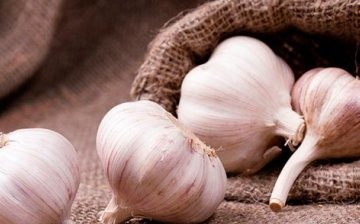
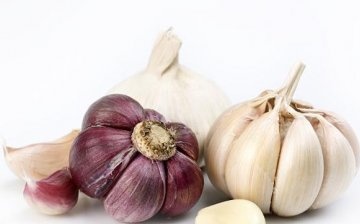

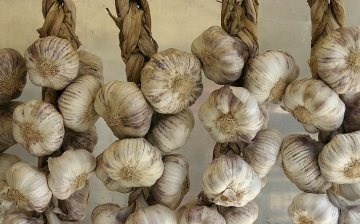




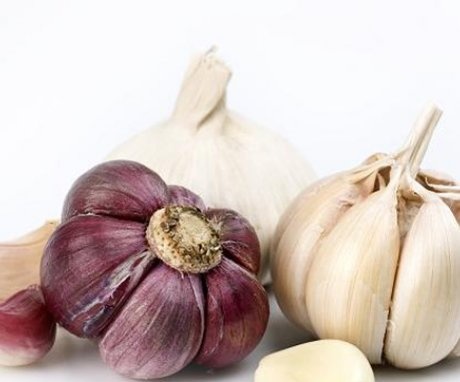
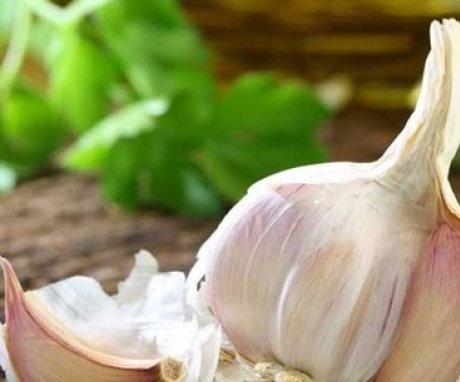
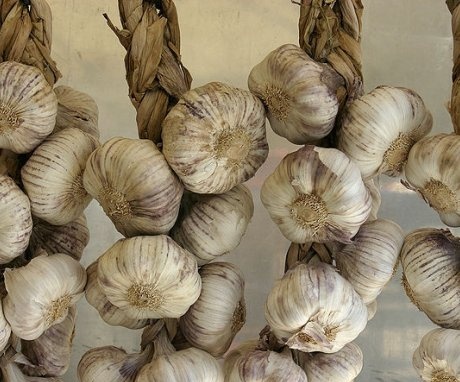
There was no way to preserve the harvest in winter. But it turns out that it is necessary to choose a special variety. I tried the way of storing in a jar, the garlic lasted perfectly until the end of winter.
I completely agree with the article! I also tie the garlic in bunches and hang it in a dark and dry place. Usually in this way garlic is stored for a very long time and does not deteriorate, so this is the best way!
I don’t know why, but it often happens that somewhere in the middle of winter, garlic dries. It just dries up and that's it. Why could this be? It seems to hang, tied in bundles in a cool place, but still dries